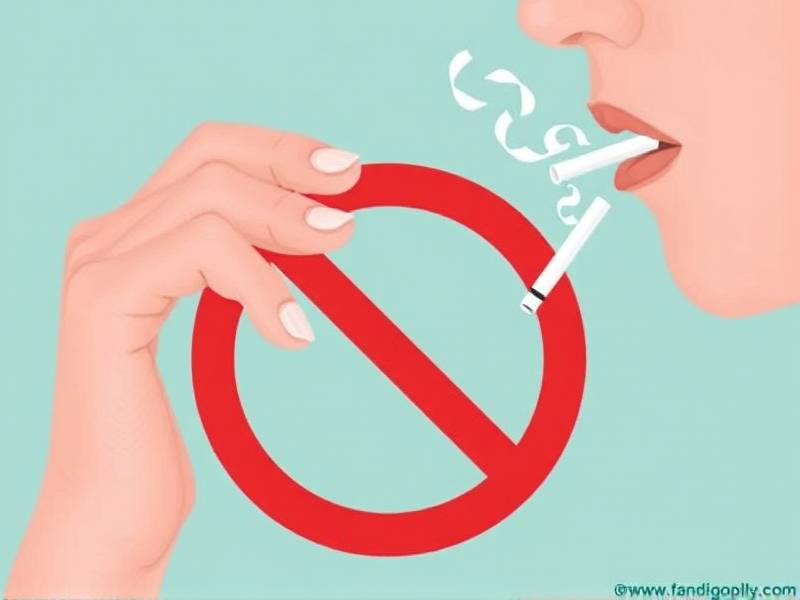How to Quell Cravings While Quitting Smoking
Taming the Urge: Strategies to Overcome Smoking Cravings
Introduction: The journey to quitting smoking is often fraught with challenges, particularly the persistent cravings that can test even the most determined quitters. Understanding how to quell these cravings is crucial for a successful smoke-free life. In this article, we explore effective strategies to manage and overcome smoking cravings while on your quit journey.
Understanding Cravings: The Science Behind Them

Cravings are powerful physiological and psychological responses that can make quitting smoking a formidable task. It's important to recognize that cravings are normal and can be managed with the right approach.
-
Identify Triggers: Recognize what situations or emotions trigger your cravings. Is it stress, boredom, or social gatherings? Understanding your triggers is the first step in developing a plan to counteract them.
-
The Role of Dopamine: Cravings are often driven by dopamine release in the brain, which makes smoking feel rewarding. Finding alternative activities that stimulate dopamine release without smoking can help reduce cravings.

Strategies to Quell Cravings
Here are some practical strategies to help you manage your cravings:
Mindfulness and Meditation
What It Is: Mindfulness involves staying present and fully engaging with the here and now, while meditation is a practice that promotes relaxation and mental clarity.
How It Helps: These practices can distract you from cravings and improve your emotional resilience.
Substitute Activities
What They Are: Engage in activities that substitute smoking, such as exercise, deep breathing exercises, or engaging in hobbies.
How They Help: Physical activity increases endorphins, which can naturally reduce cravings and improve mood.
Nicotine Replacement Therapy (NRT)
What It Is: NRT provides controlled doses of nicotine without the harmful effects of tobacco smoke.
How It Helps: NRT can alleviate withdrawal symptoms and reduce cravings by providing a safer nicotine source.
Social Support
What It Is: Reach out to friends, family, or support groups who understand your struggle and can offer encouragement.
How It Helps: Sharing your experience with others who have faced similar challenges can provide valuable insights and motivation.
Cognitive Behavioral Therapy (CBT)
What It Is: CBT helps you identify negative thought patterns related to smoking and develop healthier coping mechanisms.
How It Helps: By changing how you think about smoking, CBT can significantly reduce the power of cravings.
Conclusion:
Quelling cravings while quitting smoking requires patience, strategy, and persistence. By understanding the science behind cravings and employing various coping techniques like mindfulness, substitution activities, nicotine replacement therapy, social support, and cognitive behavioral therapy, you can increase your chances of successfully breaking free from tobacco dependence. Remember, each person's journey is unique; what works for one may not work for another. Experiment with different strategies until you find what works best for you. Your smoke-free future starts now.
